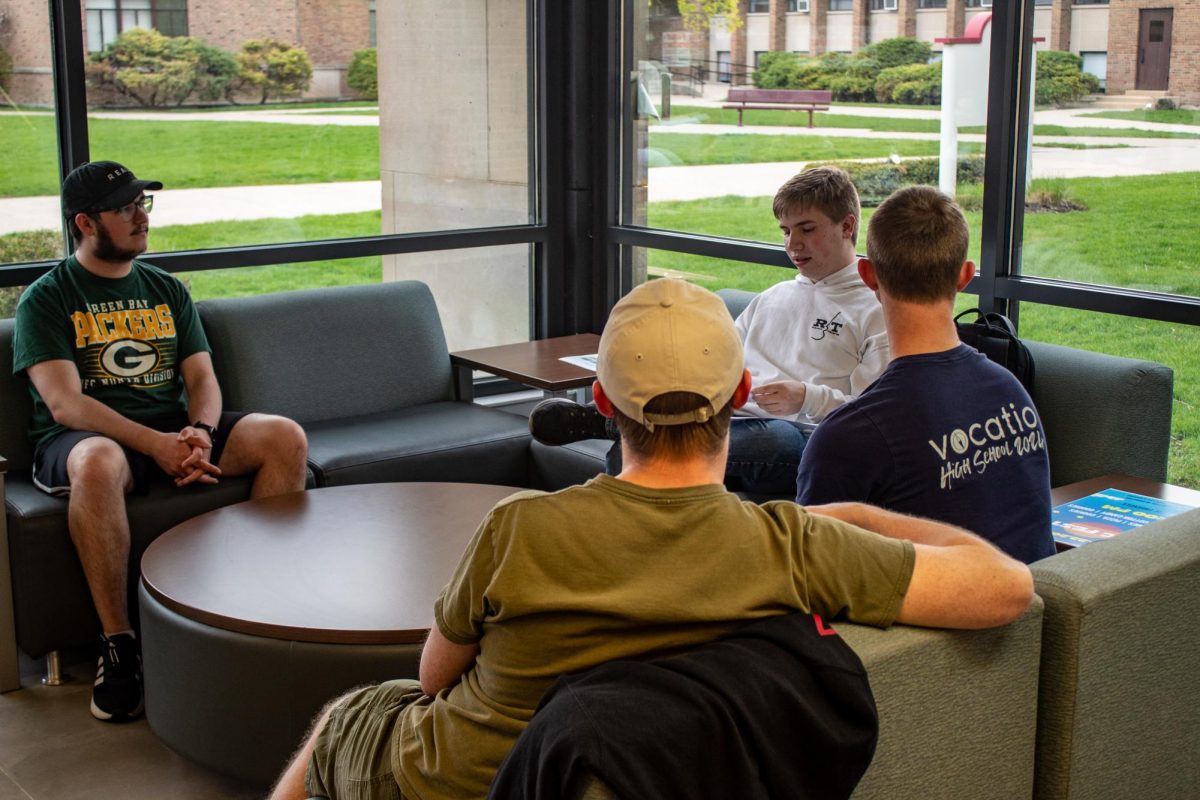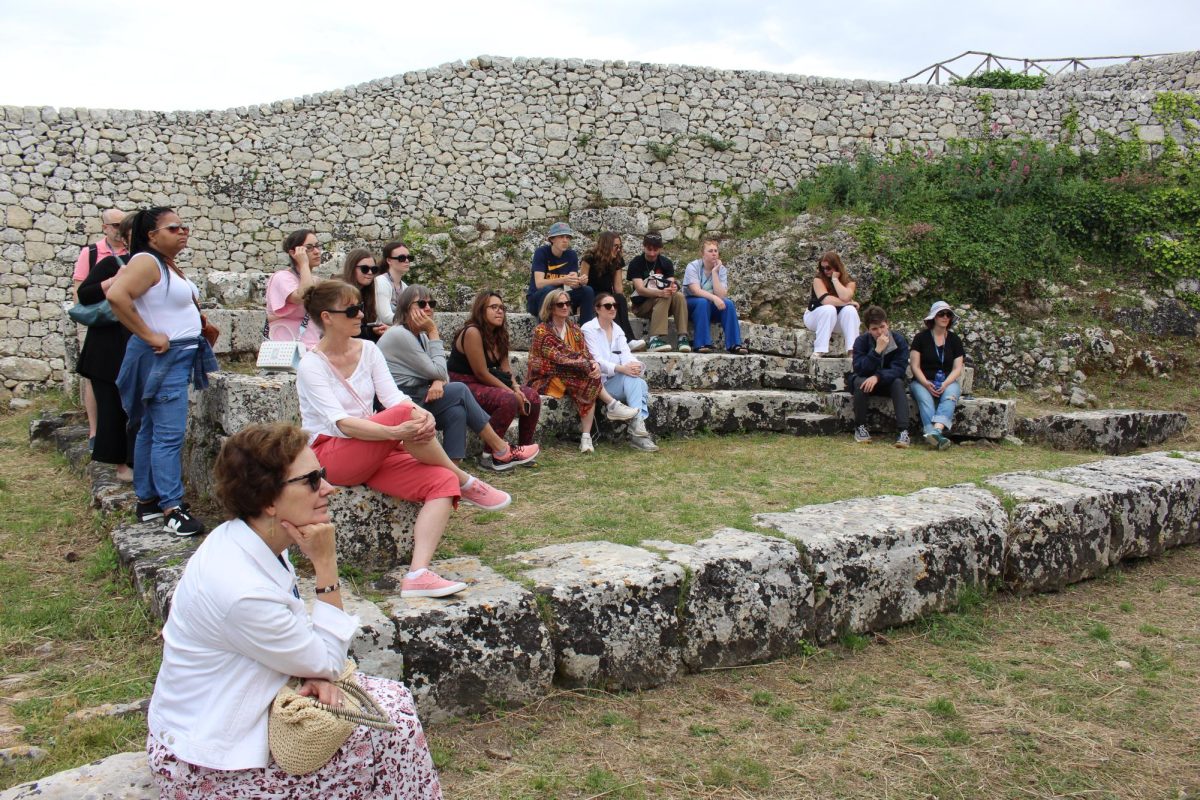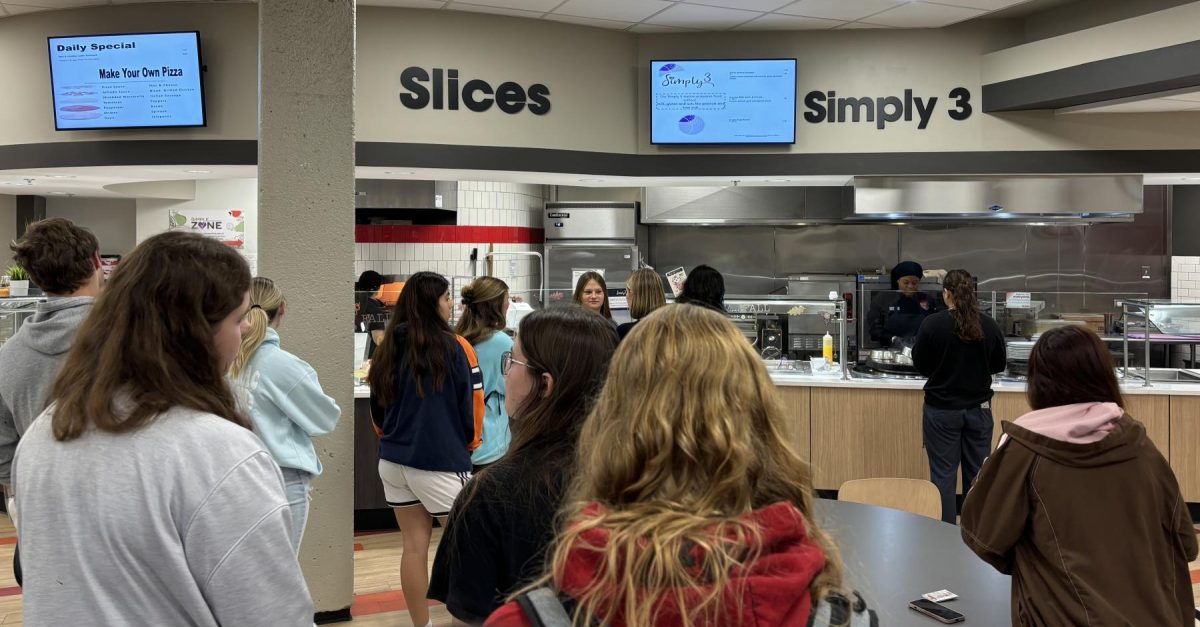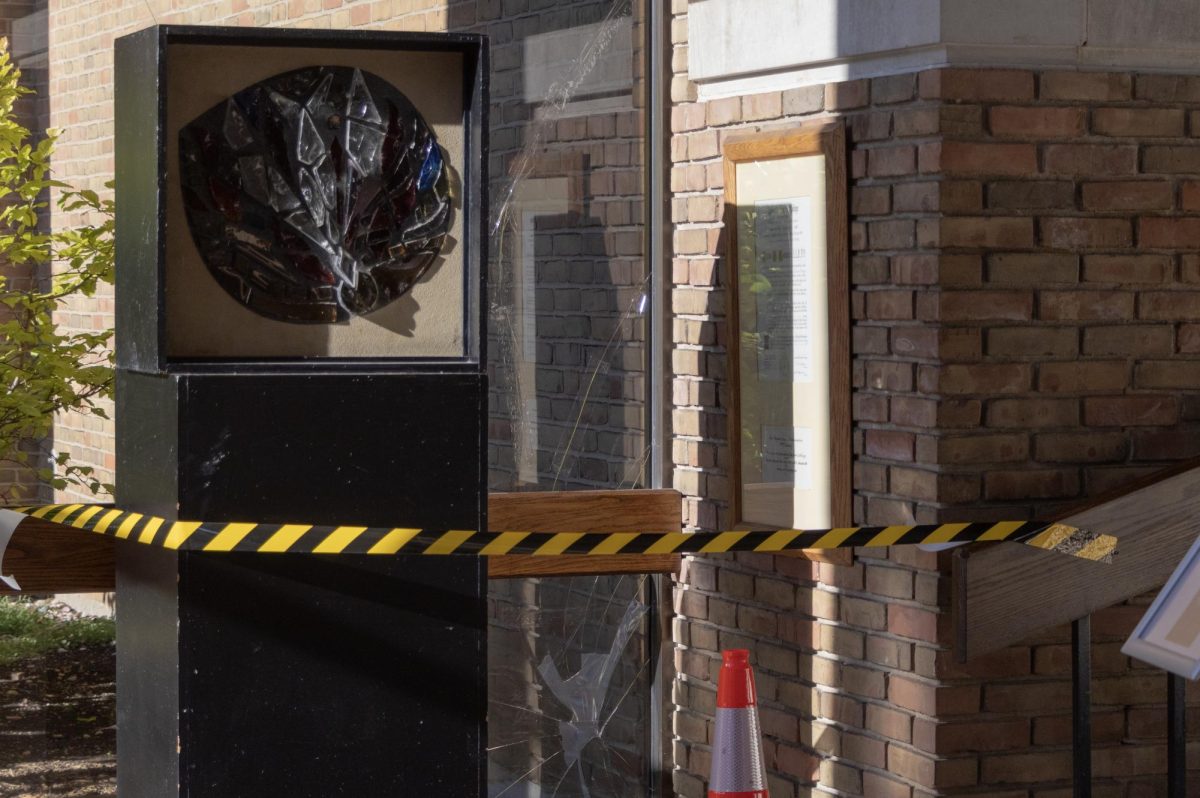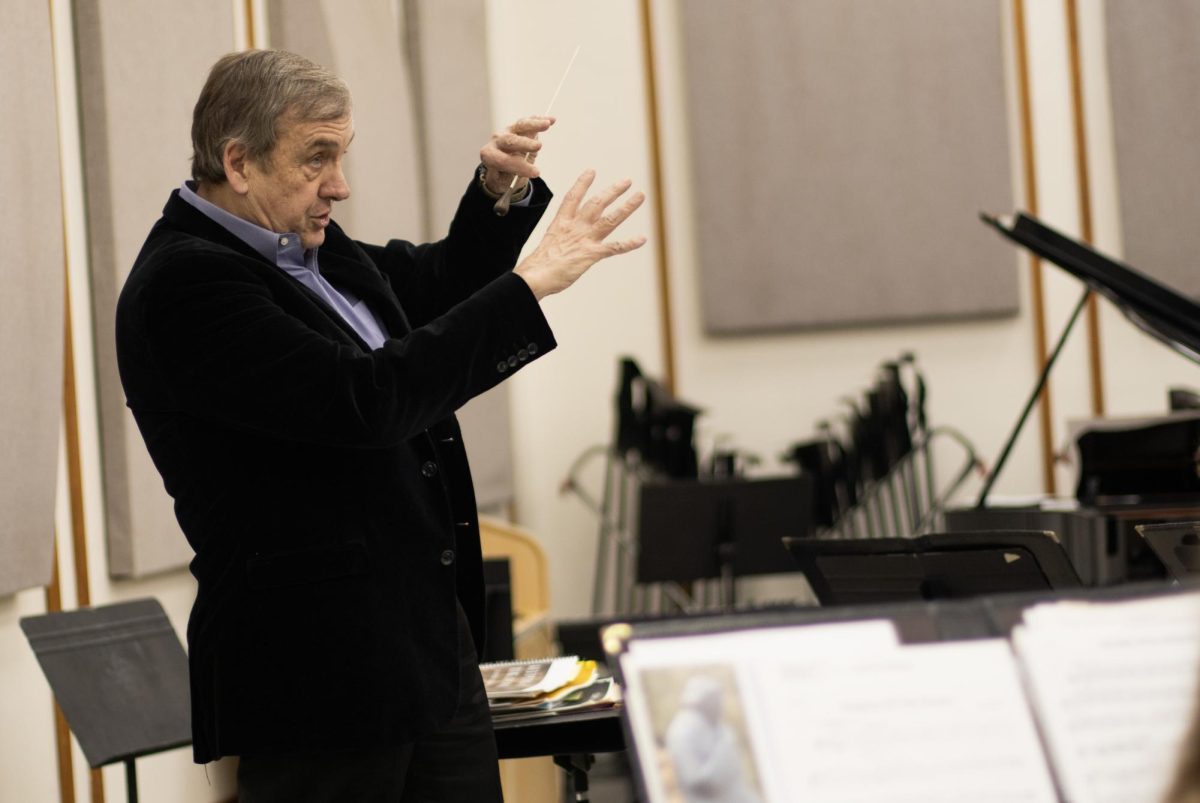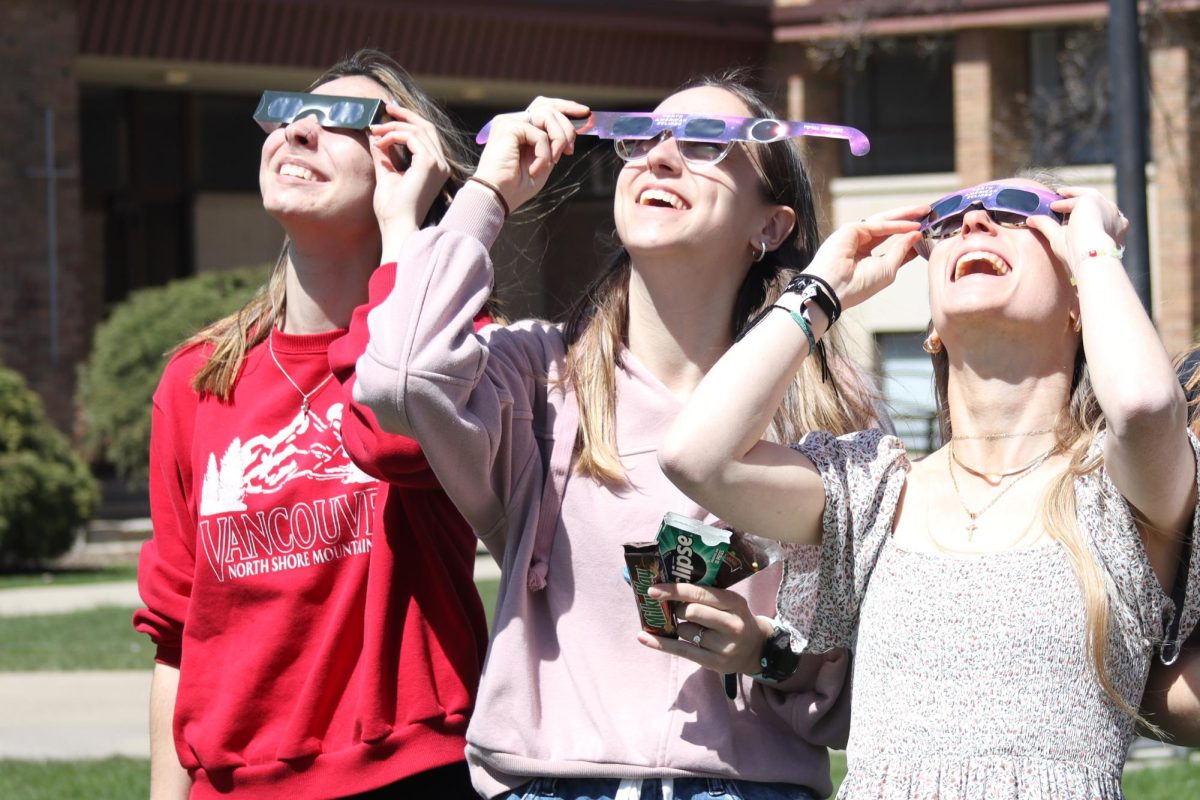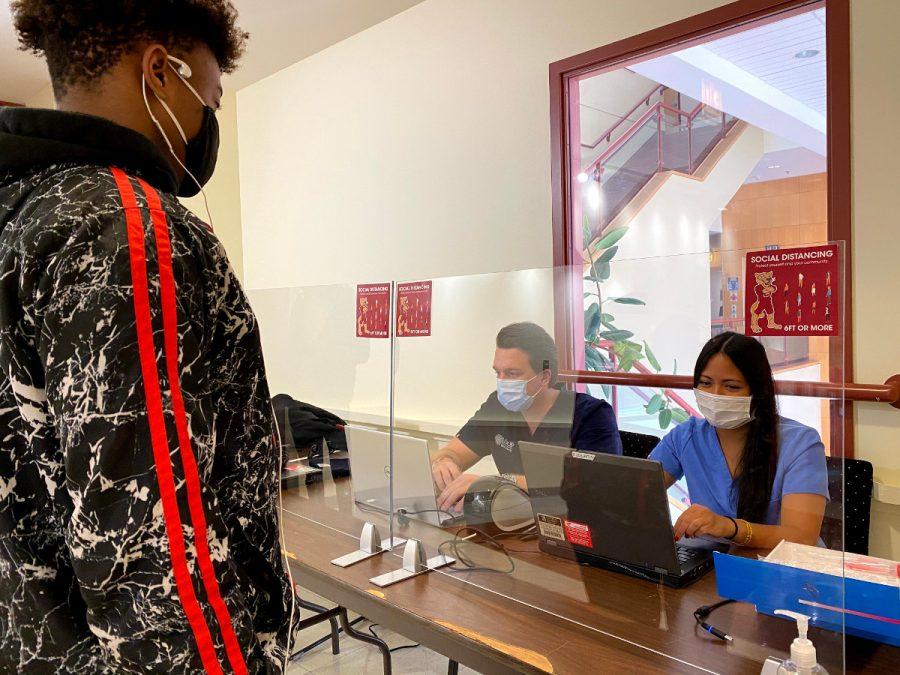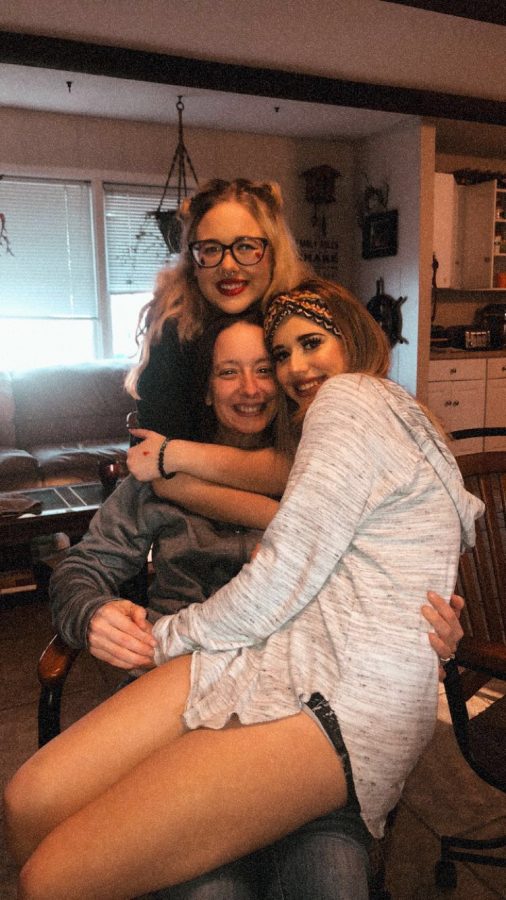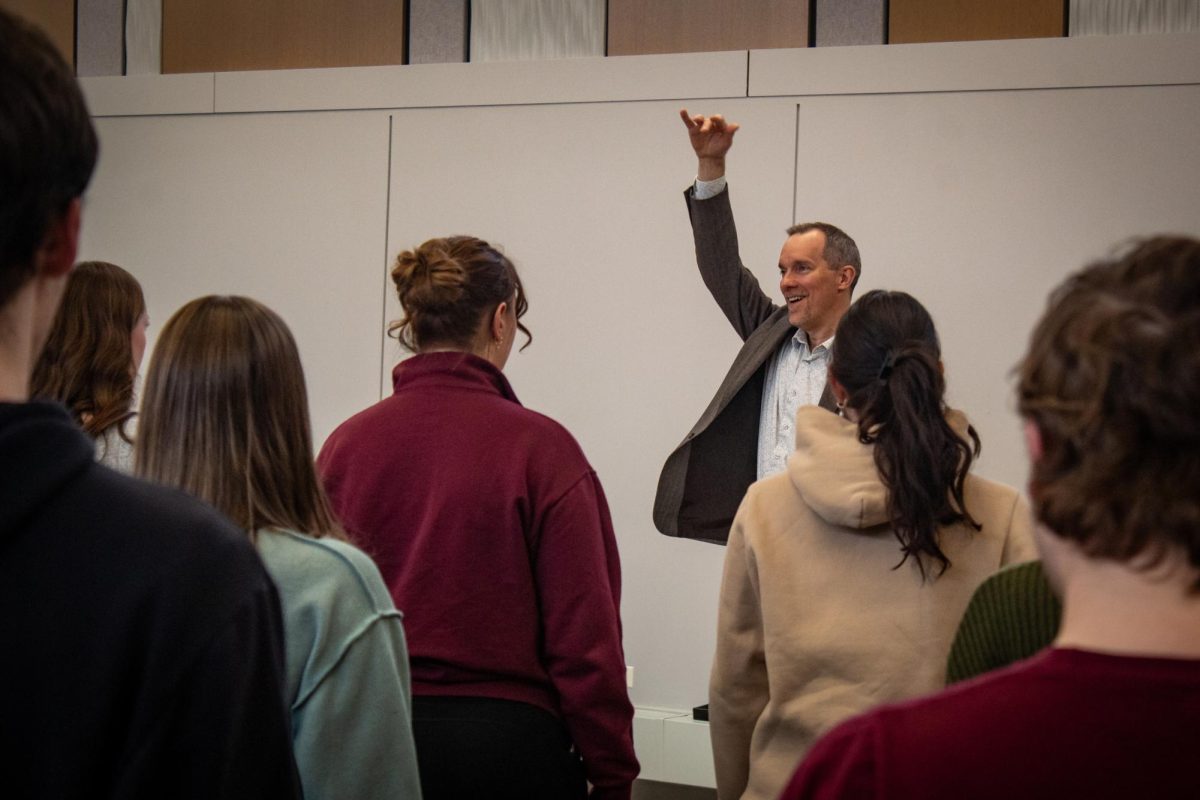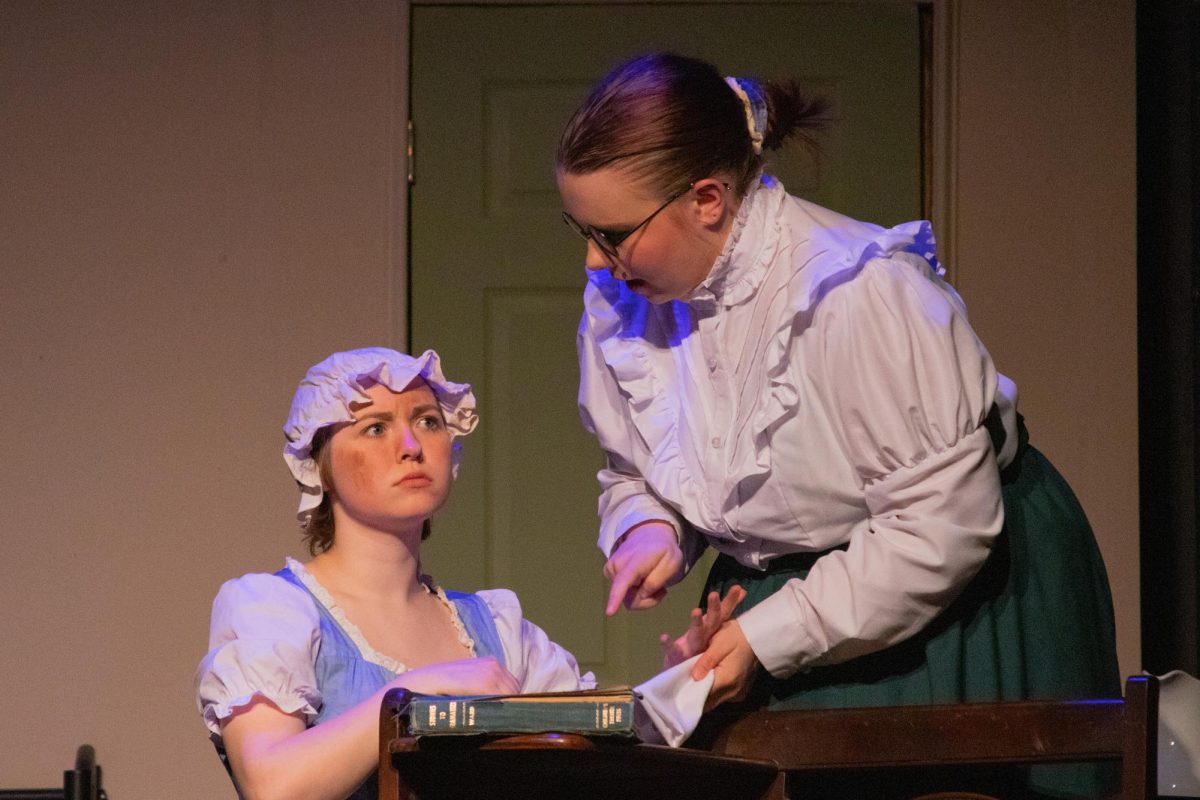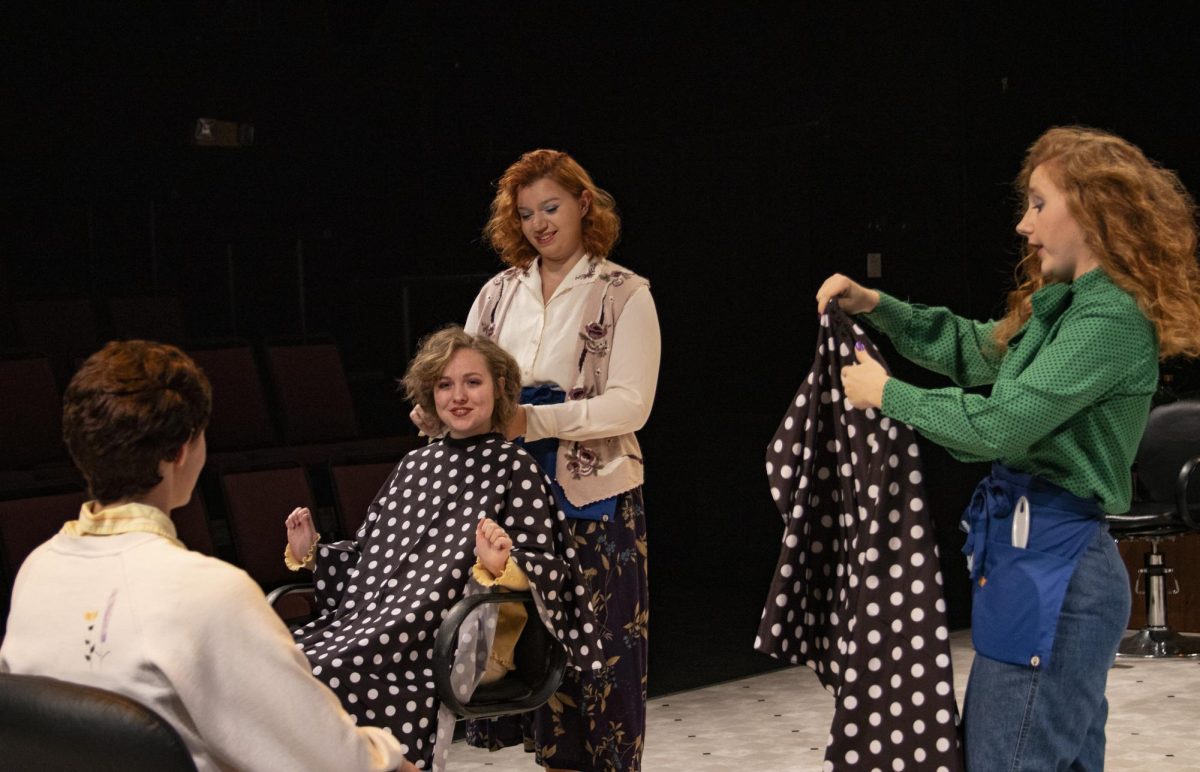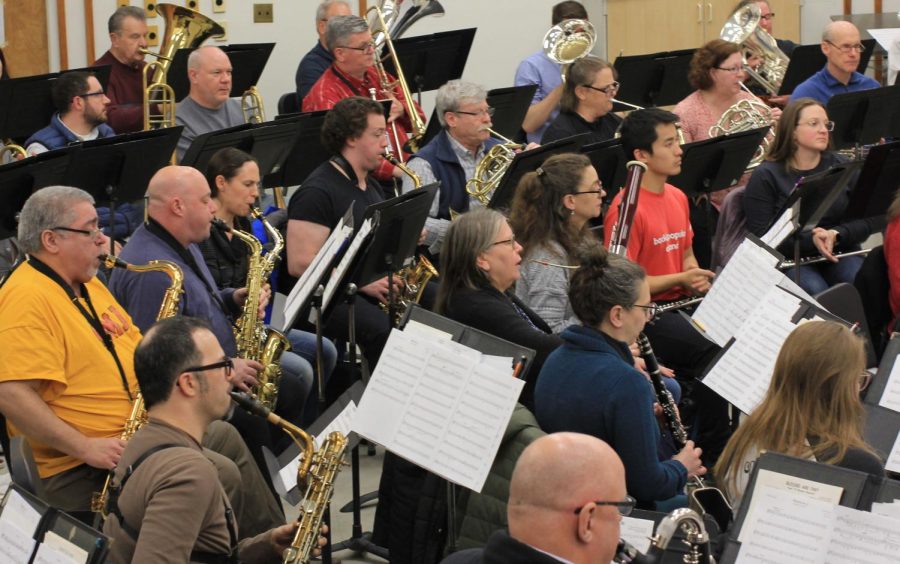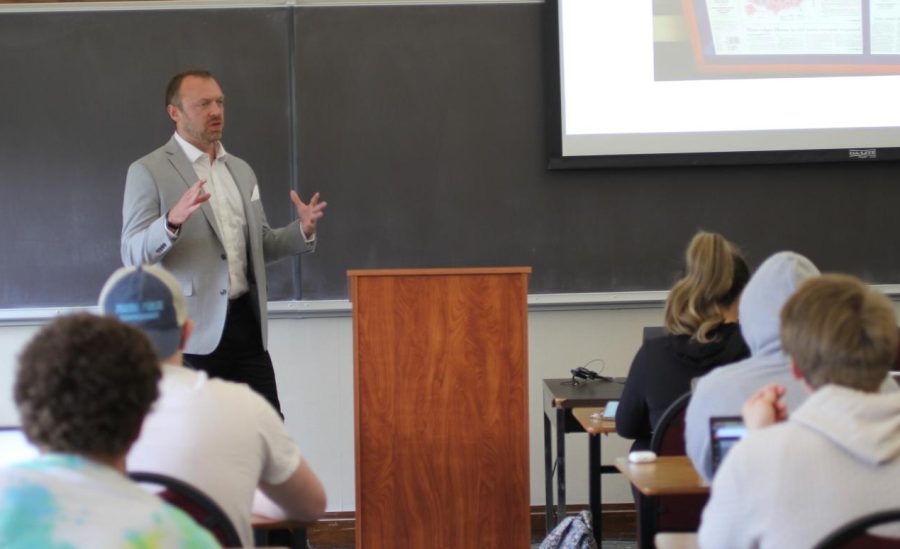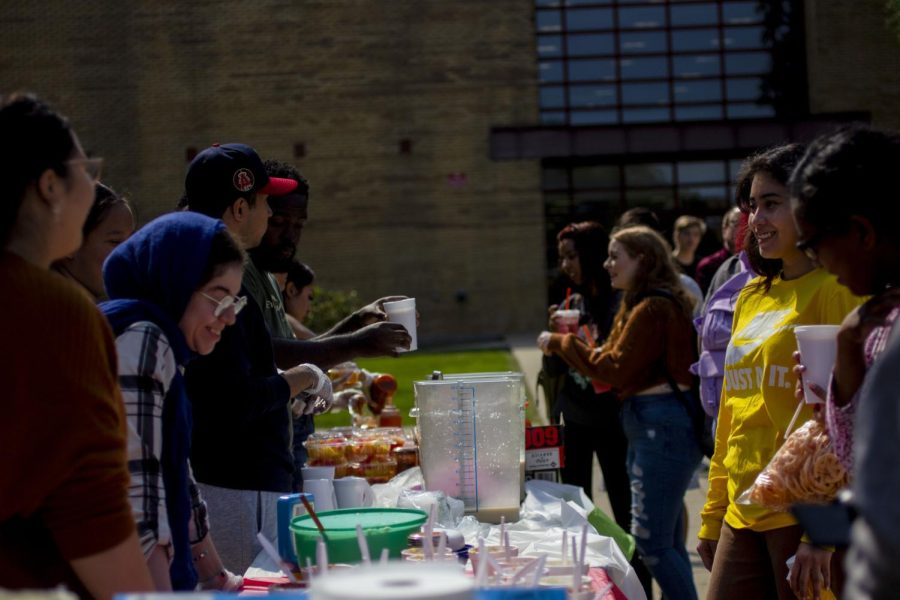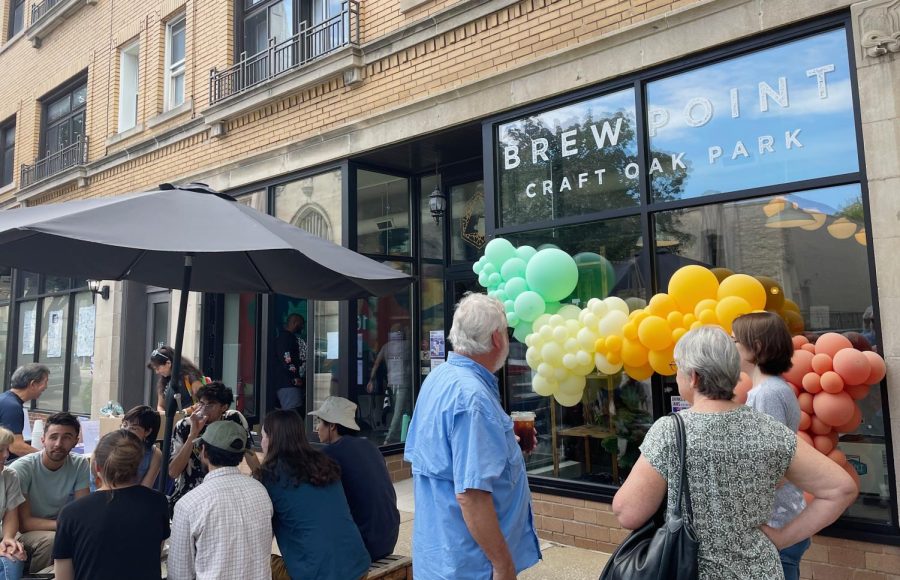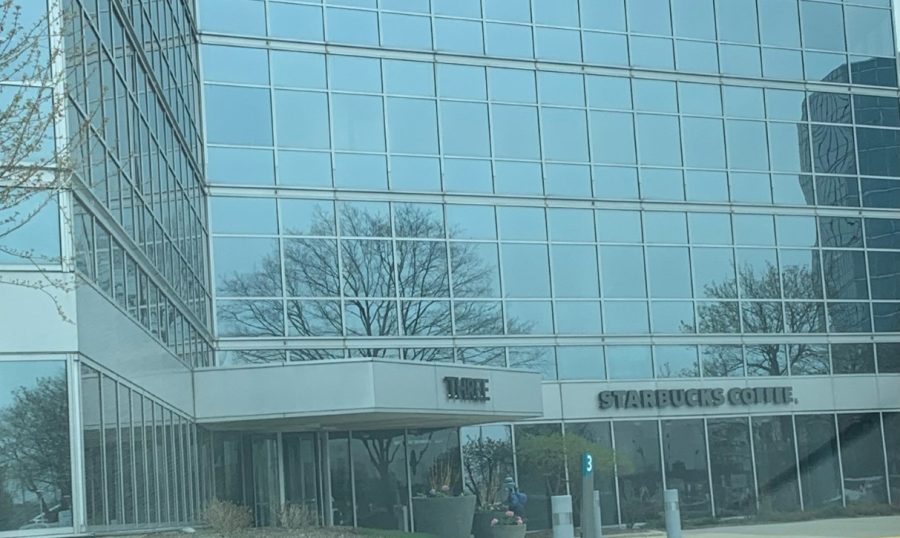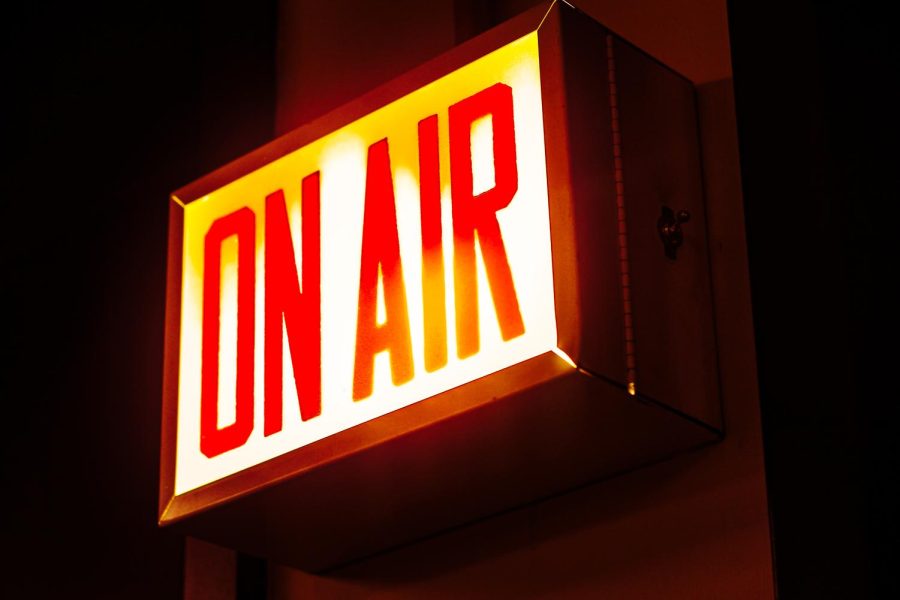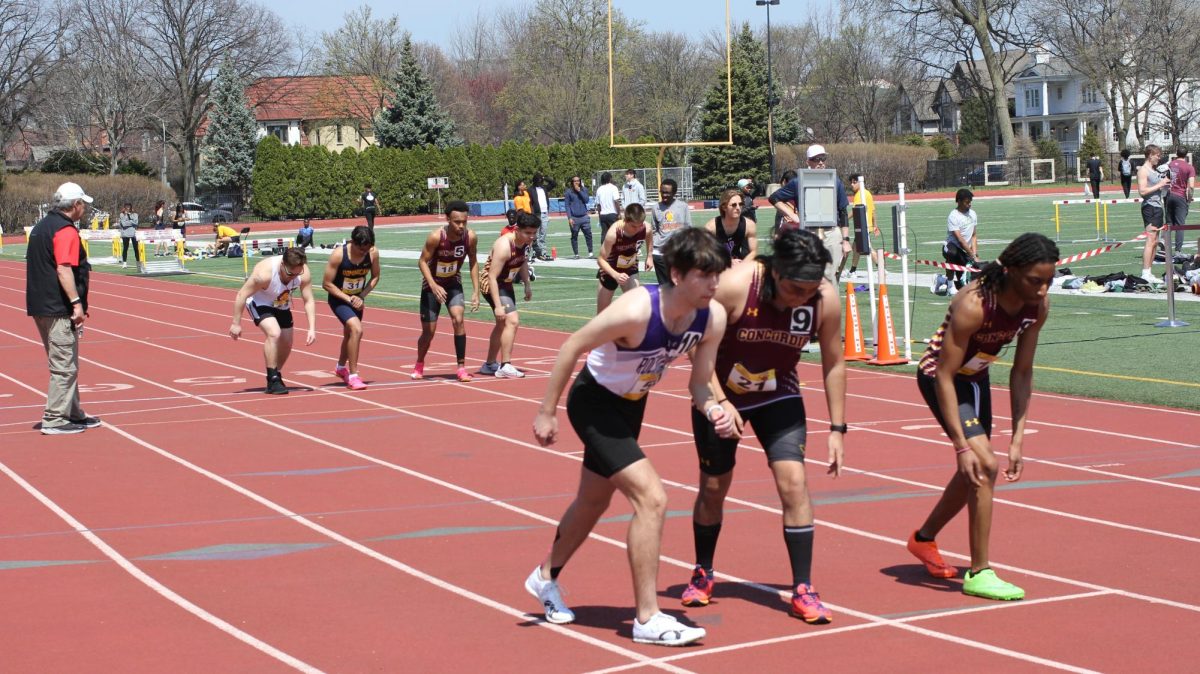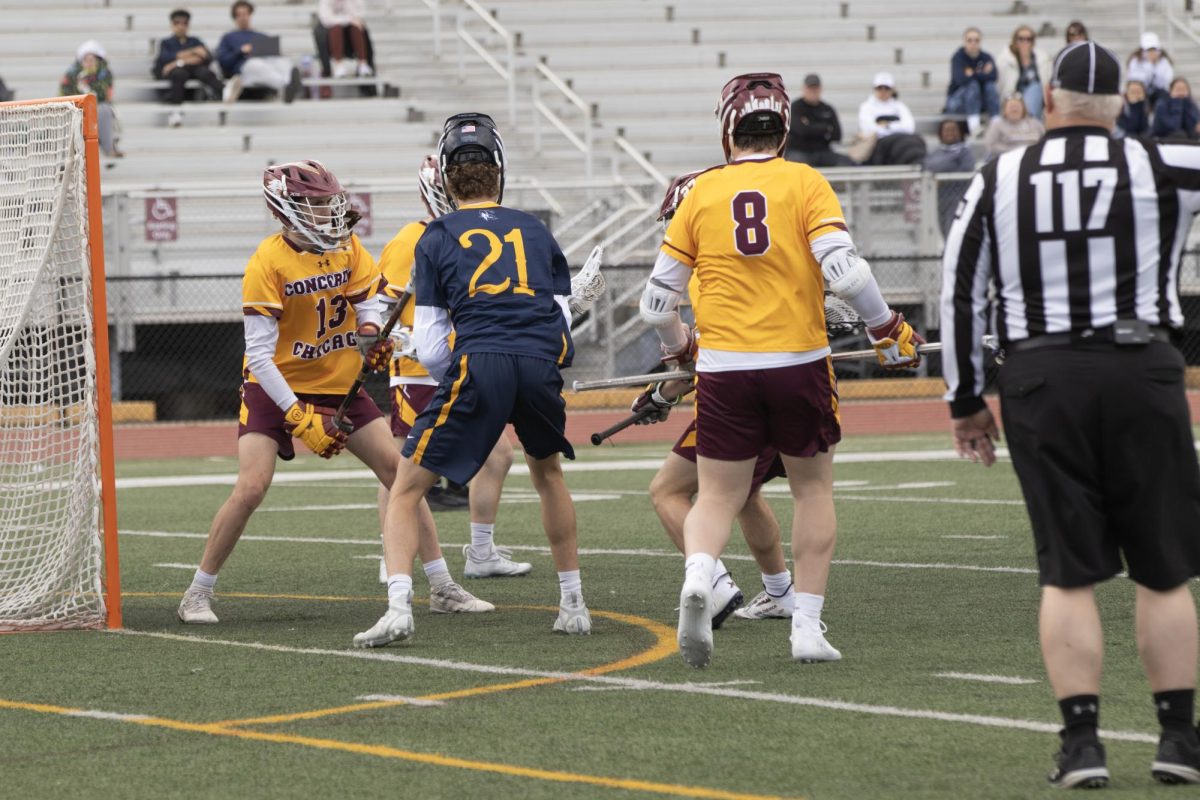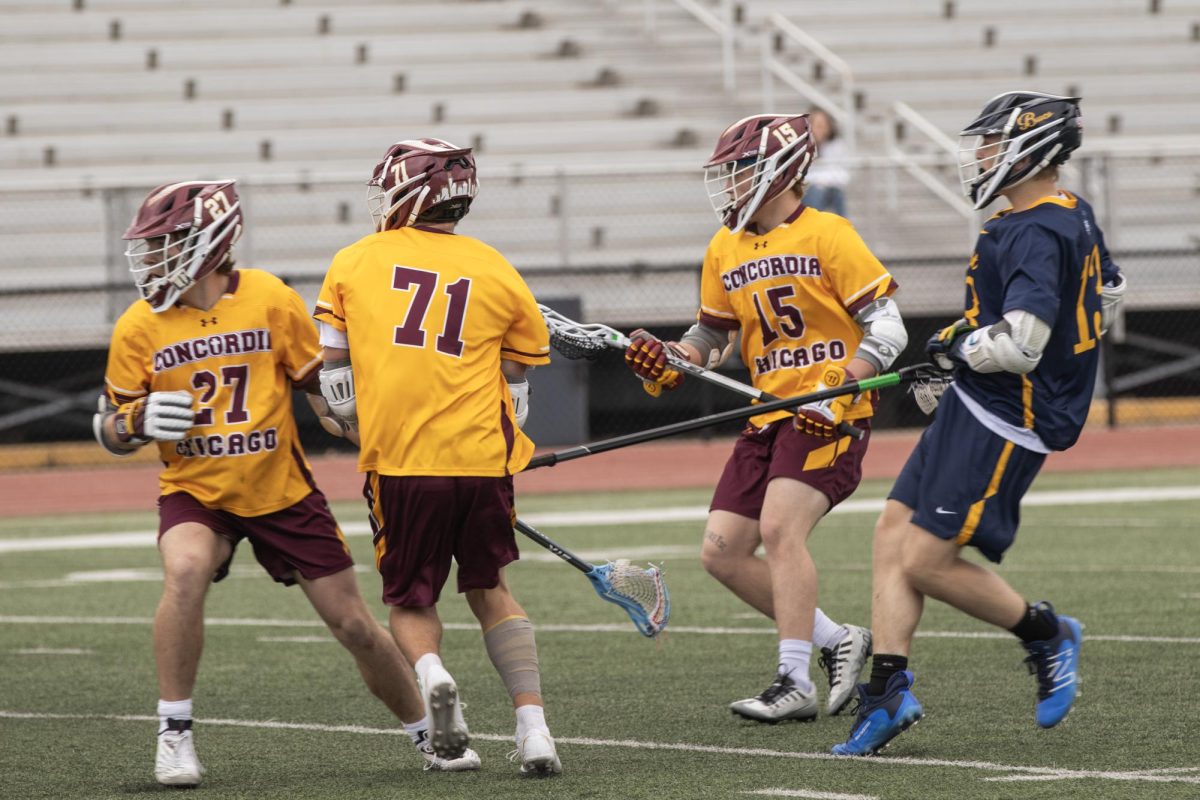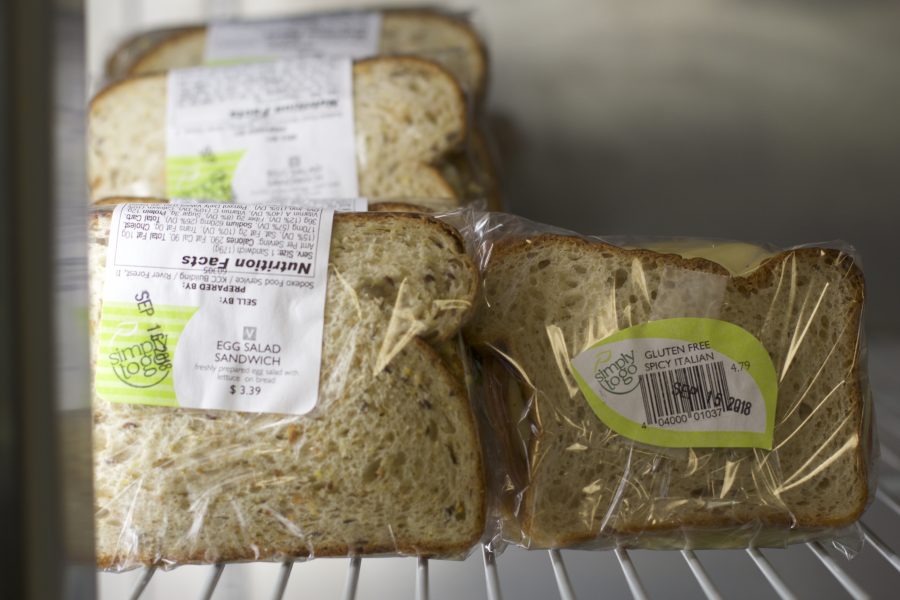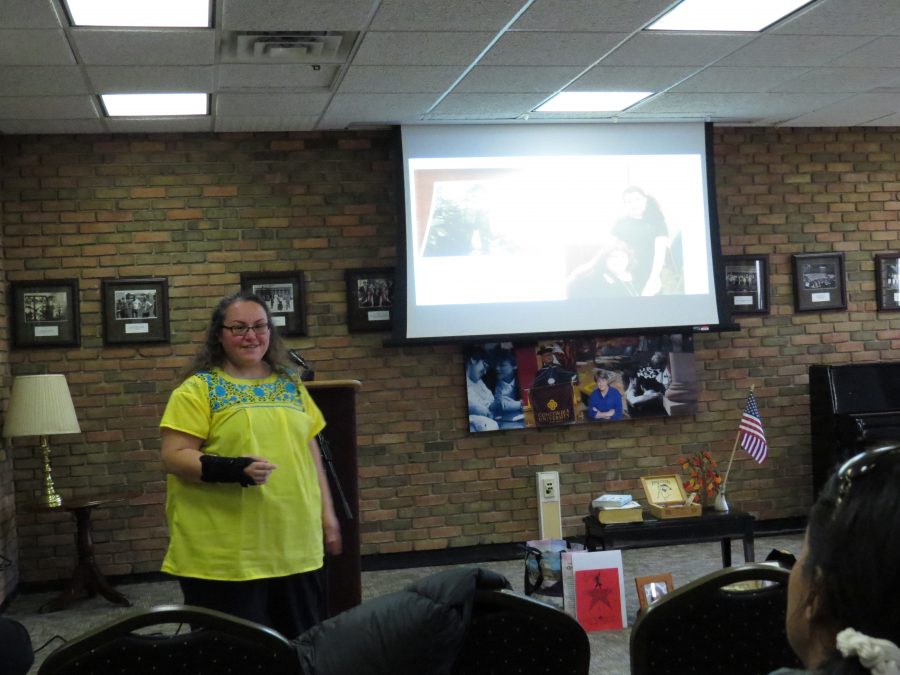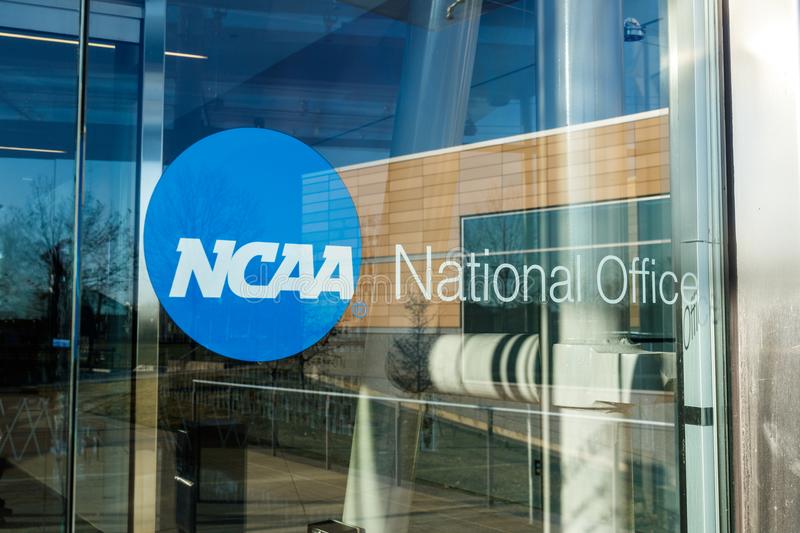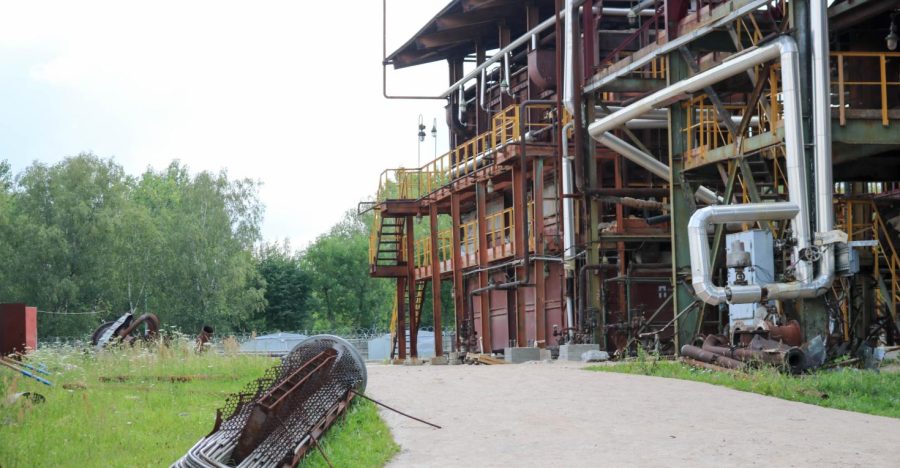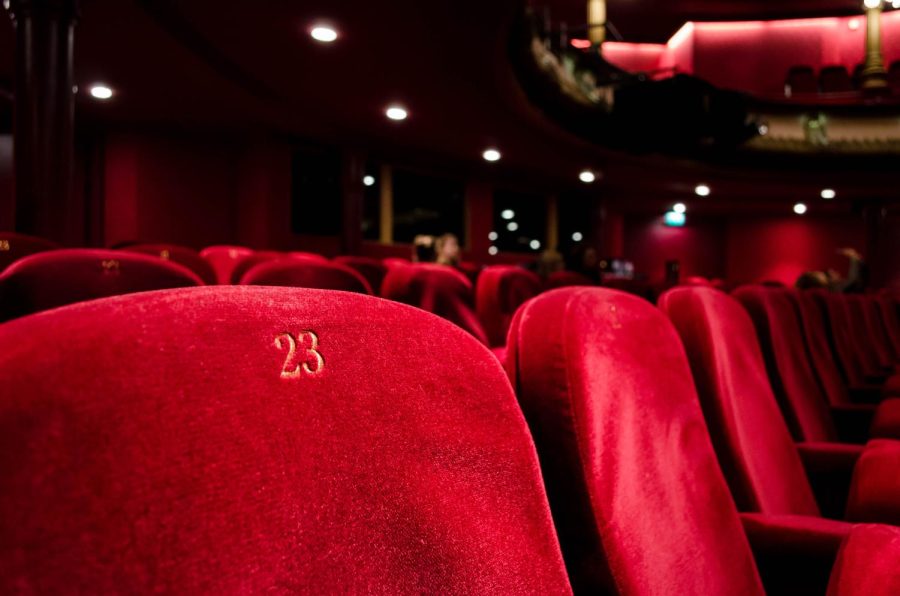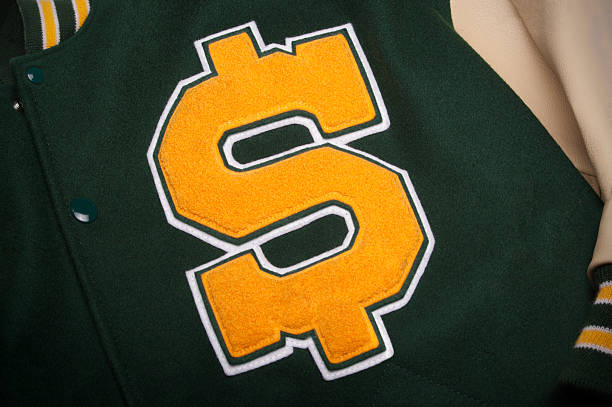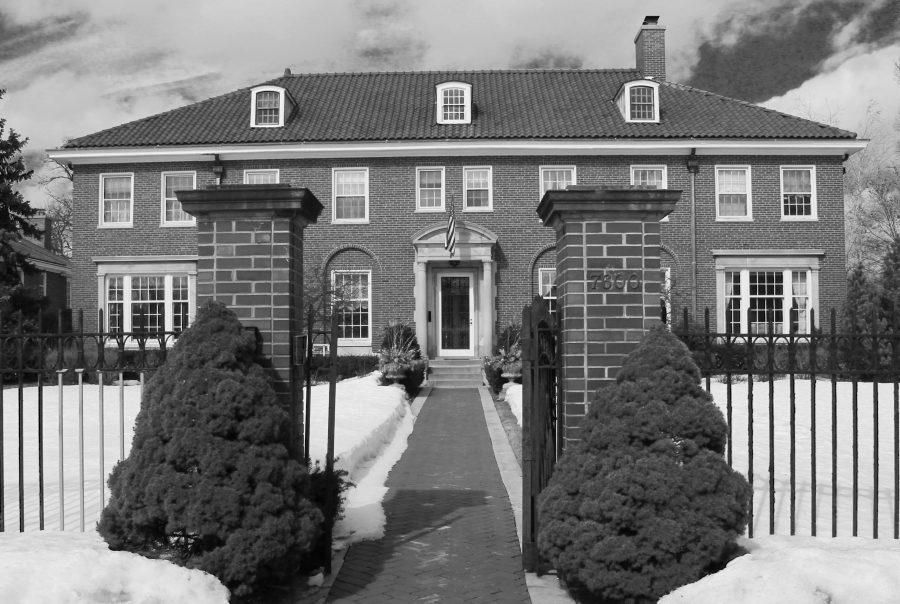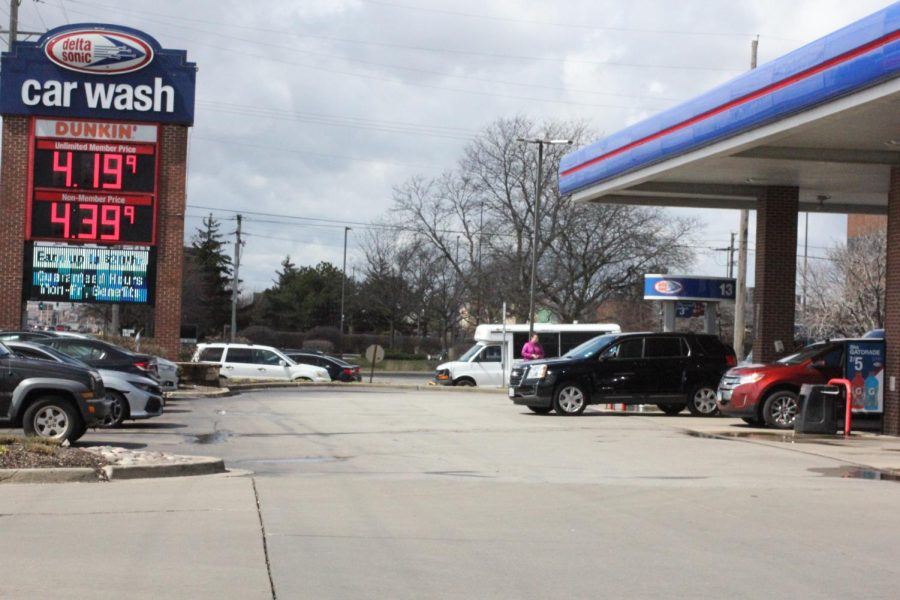Written by Samantha Bredeson
As of 2013, nearly 15 percent of the United States population lives below the poverty line. This 15 percent is made up of 46 million people struggling to survive just one more day. Meanwhile, as the poor continue to struggle, the rich continue to become richer. According to a 2012 poverty report released by the U.S. Census Bureau, the gap between the poor and the rich is, in fact, widening. These facts are painted within poor and rich neighborhoods alike. For the poor, the portrait is composed of dilapidated communities, neighborhoods sagging under the weight of vacant lots and boarded windows. For the rich, this portrait is quite different, composed of lush landscapes and glistening mansions.
The One Percent
The Village of River Forest hosts some of the most beautiful houses in Chicago. This beauty comes with a cost, however. Houses located in this community range from $500,000 to over $2 million. The community has a rich heritage as many homes in the neighborhood were designed by famous architects such as Frank Lloyd Wright, William Drummond, Spencer and Powers, E.E. Roberts, and their contemporaries.



The Middle Class
Located just south of River Forest, the Village of Forest Park differs dramatically from it’s wealthy neighbor. The median home value in Forest Park is $152,000, although many houses are currently listed for sale for much lower prices. According to the village’s website, “quality education, affordable homes and a close-knit, active community make Forest Park the perfect place to raise a family.”



The Lower Class
The Englewood neighborhood is located on Chicago’s South Side and makes up just three square miles. Formerly a diverse transportation hub for the city, the community has since been known by media as one of Chicago’s most dangerous neighborhoods due to excessive crime and gun violence. Abandoned houses and vacant lots are common in this neighborhood, selling typically for less than $15,000 to renovators and home purchasers. Despite it’s percieved image, the Englewood community is home to nearly 80,000 residents who have taken an active role in fighting poverty and crime in their neighborhood. Though these houses are typical to the area, community organizations are beginning to buy up abandoned structures and lots for renovation.




